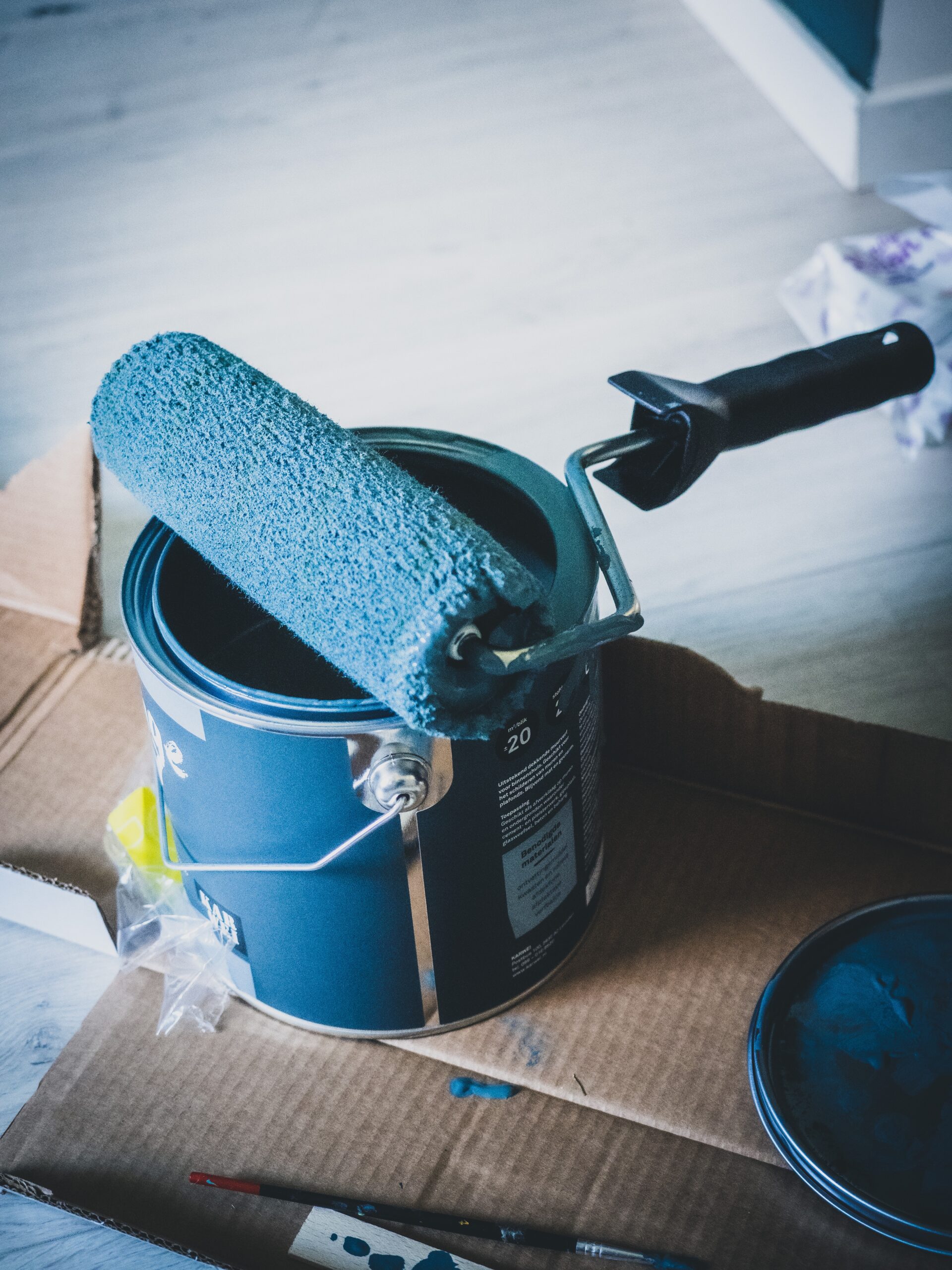Volatile organic compounds are organic chemicals that are found in a wide range of household products. VOCs are considered harmful indoor air pollutants, as they can become airborne. These organic chemicals, which contain both natural and artificial chemical compounds, have a high vapor pressure at room temperature. Though VOCs are important in nature with regard to plants and animals, high concentrations of indoor-based VOCs may pose potentially long-term ill effects. Let’s explore what VOCs are, what makes them so harmful, and how to avoid them.
What Are VOCs?
VOCs are carbon-based compounds found in various household products, including:
- Paints
- Fossil fuels (such as gasoline)
- Benzene (from car exhaust and tobacco smoke)
- Methyl tert-butyl ether, or MTBE (from groundwater)
- Methylene chloride (from aerosol spray paints and adhesive removers)
VOCs also have a low boiling point, which allows for volatility to take place. This occurs when a large number of molecules are evaporated from the air. Most scented household products, such as air fresheners and laundry detergents, contain VOCs.
Harmful Effects of VOCs
VOCs have been known to cause a number of allergic and respiratory ailments in children and people with compromised immune systems. Ill effects may include irritation of the eyes, nose, and throat, as well as visual disorders, headaches, vomiting, and fatigue. Immediate exposure to indoor-based VOCs may include memory impairment, dizziness, and respiratory tract irritation. Those with existing conditions of asthma or COPD may also be subject to aggravated symptoms when exposed to high concentrations of VOCs. These organic compounds have also been known to cause cancer in animals, with speculation that they can cause cancer in humans as well. Other serious and long-term effects of VOCs include emesis, dyspnea, and kidney and liver damage.
How to Avoid VOCs
To avoid the ill effects of VOCs, one should only use household products that contain low VOCs or no VOCs. These products should also be used in well-ventilated areas of a home. Use of an air purifier with carbon filtration is also recommended. This is because carbon filters are used to prevent the circulation of gases and VOCs. When using paint, look for low-VOC colorants and a low-VOC base, as every ounce of colorant in paint may contain between 5 and 20 grams of VOCs. Since colorant ranges vary from 5 to 15 ounces per gallon of paint, this may equate to over 300 grams of total VOCs.
In addition, adding air-purifying plants to your home and keeping the windows open for air ventilation will also minimize excess VOC circulation.
While VOCs are present in almost every home through household products like printers, office equipment, and craft and hobby supplies, long-term effects can be mitigated through ventilation and replacing existing products with their “green” counterparts. Clean air is important to one’s health and longevity, and necessary steps may be needed to minimize the ill effects of VOCs. By choosing low or no VOC products, you can control and reduce the amount of VOCs in your home.

